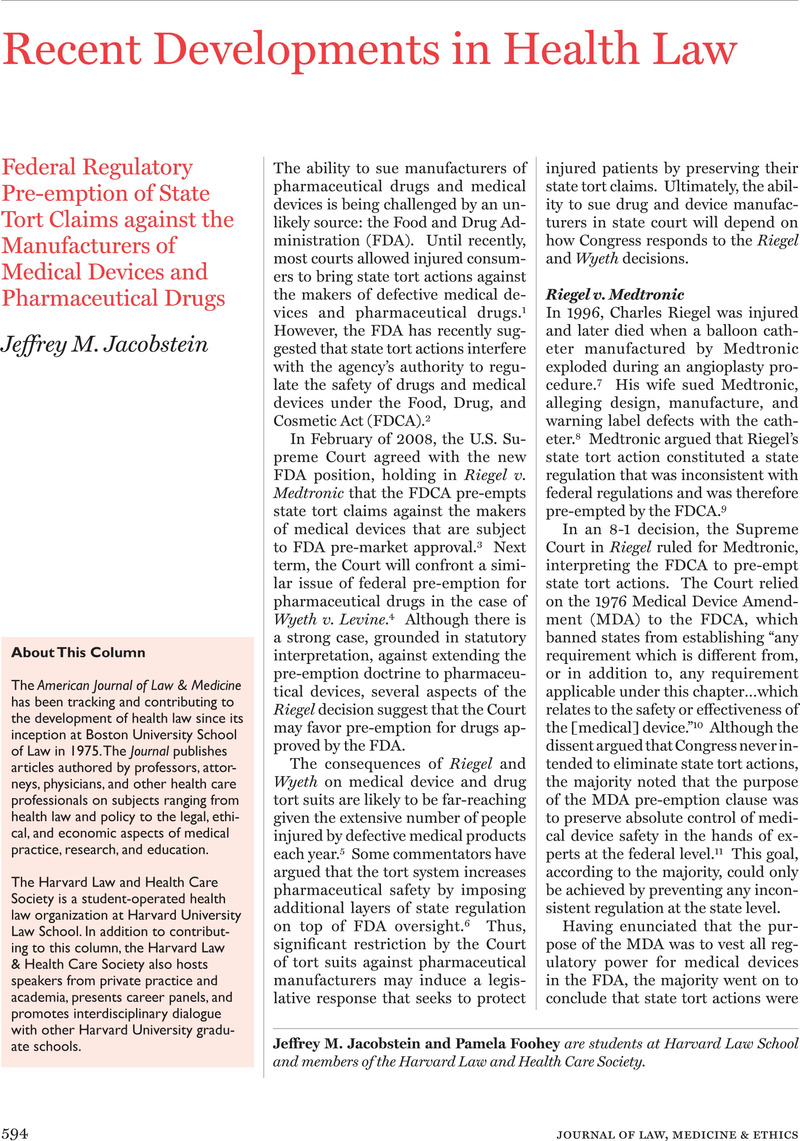See
Alvare, ,
supra note 7, at 24–25;
Malinowski, M.,
“Creating Life? Examining the Legal, Ethical, and Medical Issues of Assisted Reproductive Technologies: A Law-Policy Proposal to Know Where Babies Come From During the Reproductive Revolution,” Journal of Gender, Race & Justice 9 (
2006):
549–
568, at 553–55;
Strong, C., “Too Many Twins, Triplets, Quadruplets, and So On: A Call for New Priorities,”
Journal of Law, Medicine & Ethics 31, no. 2 (2003): 272–282, at 274.
Google Scholar